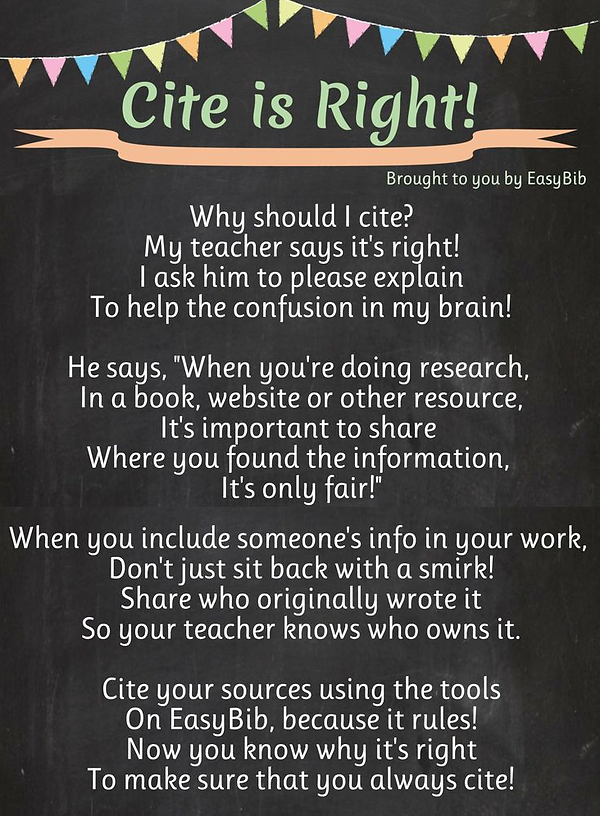Science
Mini- Research Project
Question Due Date:
December 21, 2017
Report Due Date:
February 14, 2018
Parent meetings regarding the science research projects were held on:
Tuesday, December 6, 2017 and December 12, 2017. The third meeting will be December 20, 2017 at 8:00 am.
Please check your child's folder for any "hard" copy of information that has been sent home. Please place the hard copy in a safe place as it is several pages and we all know it is bad for the environment to waste resources. You can always access the same information on the science handout page.
NOTE: If you find that you have trouble with any of the links, you may want to "Google Search" the link.


Resources and Bibliography
-
RESOURCES: Students will be required to use at least:
-one book and
-one Internet resource for the research project
-(students may use more than one of each if they wish)
-
Additionally, the research project may include information that the child has learned through reading various kinds of material such as textbooks, trade books, magazines, newspapers, articles, videos or television specials (ex: The Learning Channel), or museum visits. Students should not rely solely on the Internet.
-
BIBLIOGRAPHY: required
-
It is very important that the children summarize the information they have read and write their reports in their own words.
-
Children can use a strategy called “Read, Close, Think, and Write” where the child: -reads a page or two,
-closes the book,
-thinks about what he/she has learned, and then,
-writes a summary.
-
After reading a few paragraphs/pages your child should ask, “What did I learn from reading these pages?” and write in his/her own words.
This strategy will prevent copying the words and sentences directly from the book. If a child copies notes while reading, the child will likely copy entire sentences and will be using the words from the resources (this is plagiarism.)
-
plagiarism - the practice of taking someone else's work or ideas and passing them off as one's own
How to Write a Bibliography
There are many different formats for bibliographies. We will use a simplified format.
The bibliography page is a page at the end of your report with a list of the books and resources used to create your piece of writing such as a research paper, including titles, authors, publication information, and pages used.
To Create a Simplified Bibliography
Encyclopedia (print)
Name of Encyclopedia, Year published. Volume, “Name of article.”
Ex: World Book Encyclopedia 2005. Volume 15, “Bats.” Pages 14-15.
Book
Author's Last Name, First Name. Name of The Book. City/State of publication: Publisher’s name,
Copyright Date. [The date is usually found on 1st or 2nd page]
Ex: O’Henry, John. Space. New York: Scholastic, 2001.
On-Line Article
Author Last, First. “Title.” Journal, Date. Date you visited the URL, URL address
Ex: Halls, Kelly. “Juggling History.” U.S. Kids, June 1997. http://discover.sirs.com/cgi-
bin/dis-article-display?
World Wide Web
Author Last, First (if available). “Article or Web Page title,” WebSite Title. URL, Date you saw it, City
and Producer (optional). Date created.
Ex: Beasley, Maurine. “Eleanor Roosevelt,” World Book on Line.
http://www.worldbookomline.com, March 14, 2015, Chicago: World Book, Inc. May
27, 2001
Images
All images should be cited.
Include the name of the website and author if available, date used and the URL (link)
Ex: Frogs. Euclid Public Library. December 6, 2017. http://www.euclidlibrary.org/kids/tickle-your-
brain/frogs.
You may use this website to create bibliographies. You will need to set up a free account in order to use this site. http://www.noodletools.com
